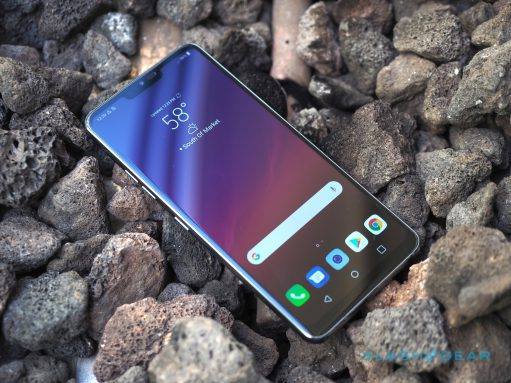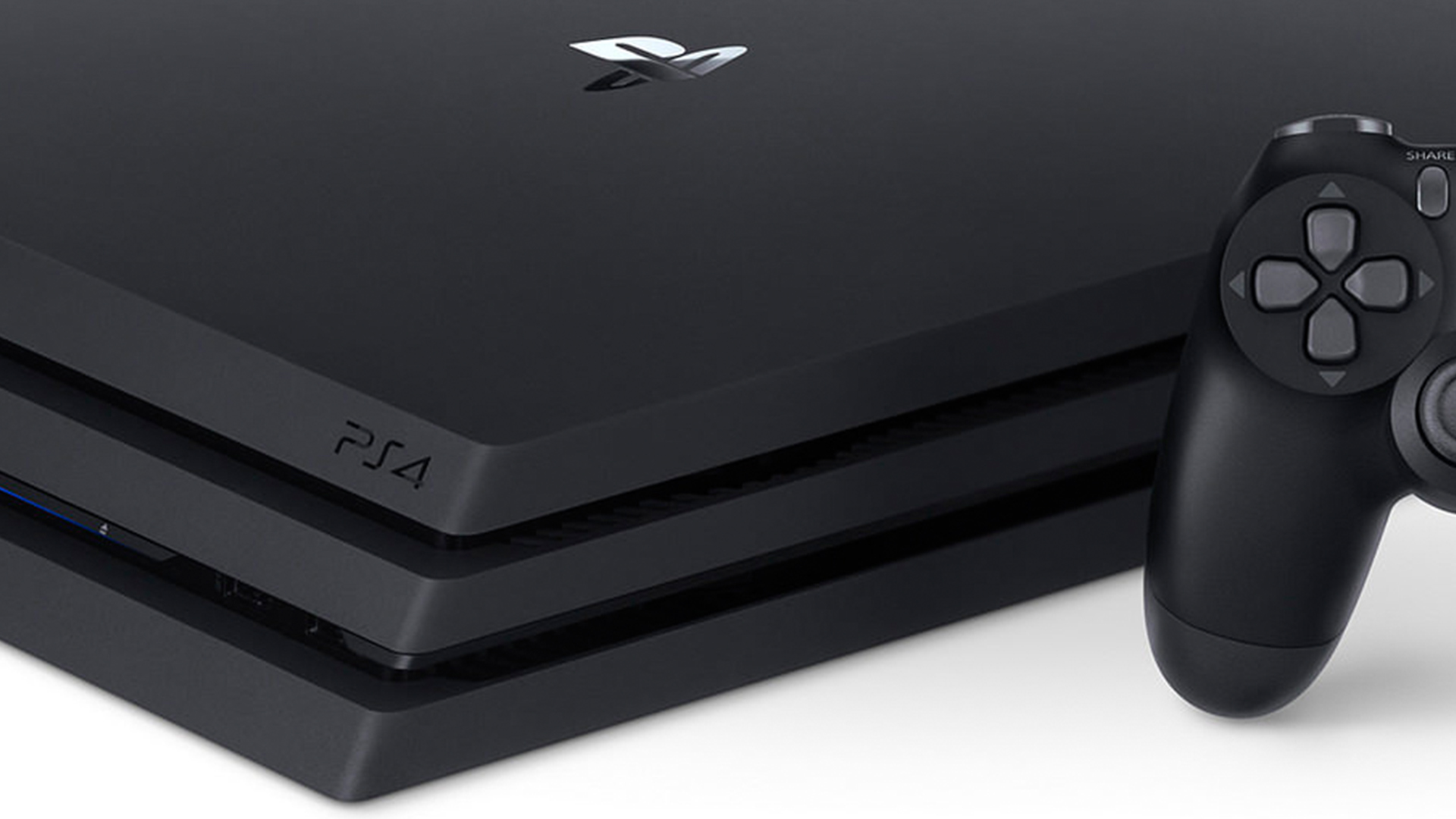If you want to manually install the Android 6.0 Marshmallow OTA update on your Nexus 5, today’s tutorial will show you exactly how to do it.
Warning:
This tutorial shows you how to sideload Android 6.0, but if you are already on this version of Android and want to sideload Android 6.0.1 instead, please follow this tutorial here
Earlier this week I wrote a tutorial that shows you how to manually install Android 6.0 Marshmallow on the Nexus 5. The thing is, following that guide will do a full wipe of the device and you’ll lose any data that you had on the device. Some people don’t mind doing this but others feel that the update isn’t worth that type of hassle. I can respect that and today’s tutorial is for those people.
Instead of doing a full wipe of the Nexus 5, you can choose to install just the OTA update onto your device. This is what they call sideloading an update and doing this will act as if you had just accepted an OTA update directly from Google. No data will be lost and when the Nexus 5 reboots, you’ll be right back where you were(just with Android 6.0 Marshmallow instead).
So let’s look at what you need to do to install just the Marshmallow OTA update for the Nexus 5.
It should be noted that this OTA update will take you from LMY48M to MRA58K. So you will need to be on the LMY48M build of Lollipop for this to work properly.
Nexus 5 Sideload Android 6.0
- Download and Install the Google USB Drivers
- Reboot Your Computer
- Download the Android 6.0 Marshmallow OTA File for the Nexus 5
- Enable Developer Mode on the Nexus 5
- Go Back to the Main Settings Page
- Scroll Down and Tap on the ‘Developer Options’ Menu
- Enable the ‘USB Debugging’ Feature
- Download and Install ADB & Fastboot Tools
- Launch the ADB & Fasboot Tools Shortcut
- Type the Following Command. . .
- adb devices
- . . .and Press Enter
- Connect the Nexus 5 to the PC
- Tap the ‘OK’ Option to Allow USB Debugging if Prompted
- Boot the Nexus 5 into Fastboot Mode
- Use the Volume Down Button to Highlight the ‘Recovery’ Option
- Select This Option by Pressing the Power Button
- Wait Until you See the Android Figure With an Exclamation Mark
- Then Press Both the Volume Up and Power Buttons at the Same Time
- Use the Volume Down Button to Highlight the ‘Apply Update from ADB’ Option
- Then Press the Power Button to Select This Option
- Copy This OTA .zip File to the ADB & Fastboot Tools Directory
- For Me, this is “C:\Program Files (x86)\Minimal ADB and Fastboot”
- Rename This File to Something like “otaupdate.zip”
- Go to the ADB & Fastboot Tools Command Prompt on the PC
- Type the Following Command. . .
- adb sideload otaupdate.zip
- . . .Then Press Enter
- Wait for the Copying to Complete
- Wait for the Update to Complete
- When Finished, Simply Reboot the Nexus 5(can be done by holding the power button)
- Be Patient During the First Boot
Explanation
Remember, your Nexus 5 needs to be on the LMY48M build of Lollipop before this will work. If you aren’t on this specific build then do not try this guide. You can find out which build you are on by launching the Settings application, diving into the About section and then looking for the Build Number. If you are on a different build then you’ll need to get on the latest version of Lollipop before you can follow this guide. This usually means applying OTA updates that you have available but if you are rooted with an older version of Lollipop then it might be best to just do a clean install of the update.
When you’re ready to start, go ahead and grab the USB drivers from Google and install them. I recommend rebooting your computer after you install drivers just so we can make sure they were set up properly. This lets your PC communicate with the Nexus 5 and without them you are restricted to basic things like copying photos to and from the device. With the USB drivers installed, you’ll then need to enable USB Debugging on the Nexus 5. This lets your computer have a deeper level of access to the Nexus 5 with tools like ADB and Fastboot.
Then you’ll need to enable Developer Mode on the Nexus 5 so that we can toggle one little setting. Once enabled, dive into the Developer Options menu on the Nexus 5 and look for a feature called USB Debugging. Enable this feature so that the ADB and Fastboot tools can communicate and send commands to the Nexus 5 from the PC. Once done, you’ll need to install the ADB and Fastboot tools. This can be installed from the Android SDK or you can follow the link in the tutorial above and install the minimal version of these tools(since we only need these two files and not the entire SDK).
Let this installer create a shortcut for you and when the installation is complete, double-click on that shortcut that it created. This will launch a command prompt and have you right where the ADB and Fastboot tools are located. Go ahead and type the command ‘adb devices’ to launch the service and then connect the Nexus 5 to the PC with a micro USB cable. You should see a dialog box appear on the Nexus 5 that asks you if you want the PC to have USB Debugging access to your smartphone. Allow this access and then unplug the Nexus 5 from the PC.
We then need to boot the Nexus 5 into Fastboot Mode and you can follow the link in the tutorial above to find out exactly how that is done. This will get us into a special mode that lets ADB and Fastboot send the file over and install the OTA update for you. First though, we have to navigate to another mode from the Fastboot Mode. So once you are in Fastboot Mode, use the Volume Down button until you see the term ‘Recovery’ highlighted. Then press the Power button to select this option. You’ll then see an Android figure with an exclamation mark near its chest. From here, press the Volume Up and Power buttons at the same time to boot into the stock recovery mode.
Now, you’ll be at another menu where you’ll need to use the power and volume buttons to navigate again. Go ahead and use the Volume Down button to highlight the Apply Update from ADB option and then press the Power button to select this option. From here, your Nexus 5 will be waiting for the file to be sideloaded(aka uploaded) from your computer so let’s go ahead and download the OTA file linked in the tutorial above, rename it to something simple like ‘otaupdate.zip’ and then copy/paste/move it into the same folder that those ADB & Fastboot tools were installed to.
Once the file has been moved, then we can go back to the command prompt and type the command ‘adb sideload otaupdate.zip’ and press enter on the keyboard. If you look at the Nexus 5, you should then see the file being copied to your device. Once the file has been copied, it will automatically start updating it. Once the update is complete, then you can reboot the Nexus 5 in one of two different ways. You could use the Volume Down/Up button to highlight the ‘Reboot System Now’ option, and then press the Power button to select it. Or, you could hold the Power button for a few seconds to force the device to power down.
When you reboot the Nexus 5, you will be taken directly into the newly updated Android OS with 6.0 Marshmallow installed. This first boot up can take a while since Android needs to set a lot of stuff back up. Be patient while this happens as it can take 5-10 minutes(or more) for some people. It all depends on how much stuff you have installed on your device beforehand.






error: device ” not found on using the command “adb sideload android.zip”. However when I use adb Devices command my device shows up.
Hrmm, I did a little research and came across this thread
http://forums.androidcentral.com/google-nexus-7-tablet-2013/461320-why-am-i-getting-error-message-adb-device-not-found-when-attempting-sideload-my-android-5-a.html
Some suggest using a USB 2.0 port, some suggest trying a different cable, some suggest uninstalling and reinstalling the drivers. Each worked for different people but this suggestion seemed to work for multiple people
_________________
1) On your Windows desktop, Go to your Control Panel then Device Manager.
2) You should see Android Phone under Other Devices with a Yellow ! mark on it.
3) Right click on it and choose “Update Driver Software”
4) Choose “Browse my computer”, then “Let me pick from a list.”
5) If you see categories, select “Android Device”, then select “Android ADB Interface”.
6) The driver will install and you can now run the update with ADB.
__________________
Let me know if that helps
Picking the device driver manually finally worked for me, thanks for the help!
That’s great news! Thanks for the feedback, I’m glad to see this worked for you